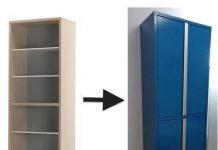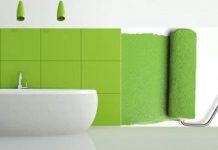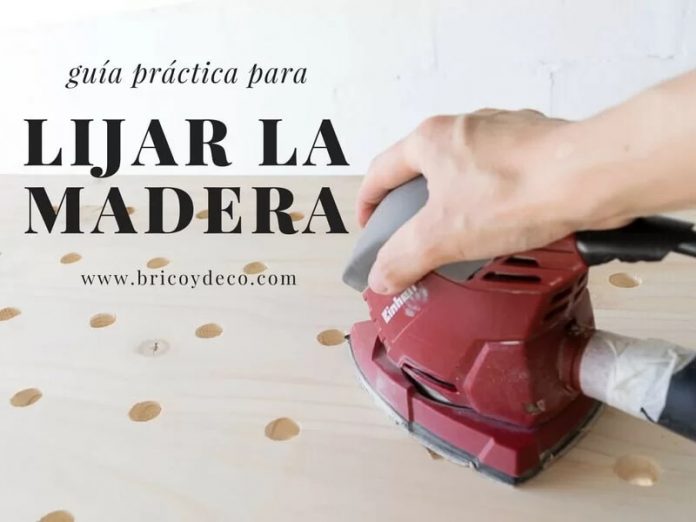
Sanding wood It is convenient for removing varnish and paint residues, as well as for preparing and smoothing the surface, repairing damage and between coats of paint. However, there are sandpapers on the market with different numbers. Which one is the most suitable in each case? With this infographic you will know what numbering to use to sand the wood.
Sanding is a process that DIYers and hobbyists do not usually like very much, but in some cases it is essential to obtain a good result. Sanding the wood will help us remove layers of varnish, wax or paint, or open the pore and improve adherence in the case of untreated furniture.
One could write long and hard about sanding and types of sandpaper, but I wanted to make this infographic as a quick guide. In this way, you can consult it at any time as if it were a filler or cheat sheet. You can also download the high resolution PDF file from this link.
Before you start sanding
I remember that the first time I sanded a piece of furniture I took the first sandpaper I found and started lurching left and right, without looking at the type of grain or numbering. As a result I got some wow scratches and a «why would I get into these troubles«.
If we surrendered in the first battle, no war would be won, so I informed myself and little by little I have been getting the hang of it. Proof of this is how my living room table turned out after renewing it with lasur.
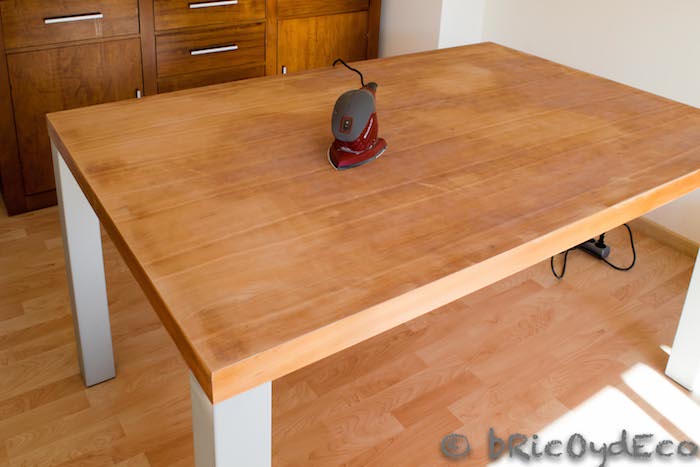
For all these reasons, before starting to sand we must take into account the following:
- The grain type most suitable is usually aluminum oxide or corundumalthough it can also be used multipurpose.
- The numbering of the sandpaper refers to the number of grains it has. The lower it is, the more abrasive power the sandpaper has and vice versa. That is, a 40 sandpaper is much more abrasive than a 240.
- Always sand using sandpaper from highest to lowest abrasionthat is, starting with a lower numbered one and ending with a higher numbered one.
- It’s very important always sand in the direction of the wood grain to avoid scratches.
80, 120, 240… how to choose the correct numbering
Depending on the work we are going to do, we must choose a type of numbering:
- Coarse grit (40-60)to remove varnishes and paints, although we should avoid it on soft woods.
- Medium grit (80-120)to smooth surfaces and eliminate imperfections. It is the most common in all types of projects.
- Fine grain (150 to 180), to open the pore of untreated wood and improve adherence. It is also used to give the last layer of sanding and provide a softer touch.
- Grit + fine (220 to 240)for sanding between coats of stain, primer or paint.
- Grit ++fine (280 to 320)to remove dust or small particles that may have been adhered to the paint or varnish (highly recommended in case of painting with spray paint).
- Grit +++fine (360 to 600), to remove excess shine. It is the most used when multiple layers of varnish or polyurethane are applied.
The following infographic summarizes the previous classification:
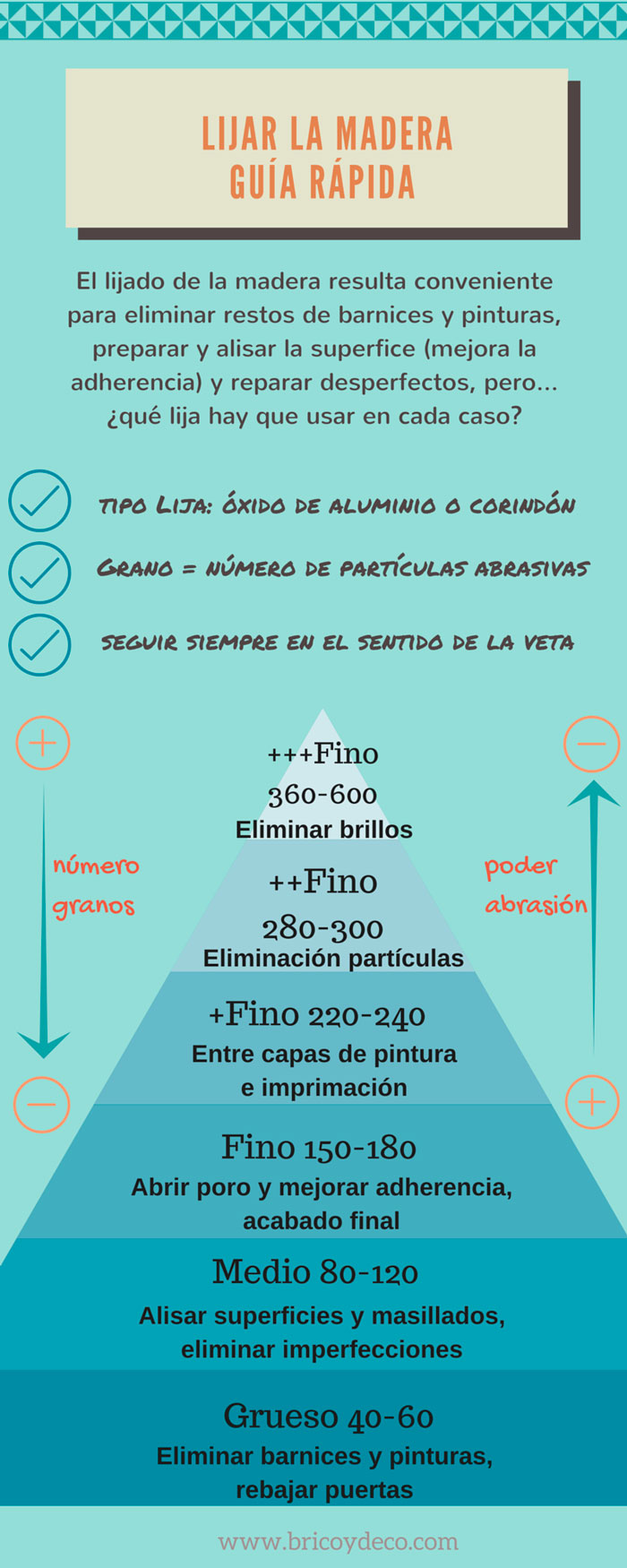
Are you one of those who use the first sandpaper you find to sand the wood or do you choose the appropriate numbering for the work you are going to do? If you are from the first group, have this on hand infographic on how to sand wood, I’m sure you’ll take advantage of it.
You can find more guides on DIY and decoration at Thank you very much for commenting and sharing!

